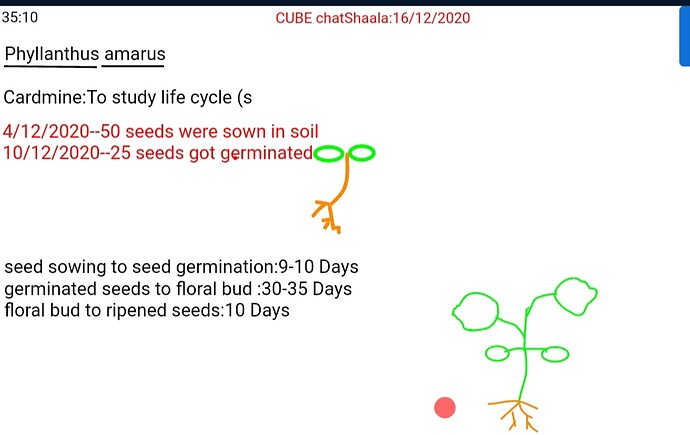CUBE ChatShaala on 16th December 2020
44 CUBists from 34 Centres had joined the webinar
Map
INDIA
ANDHRA PRADESH
Guntur: Suma Swarajya Lakshmi
Nellore: Tejasree, Ujwalaraj
ASSAM
Narsing High School, Silchar: Hasina Begam, Krishnendu Roy
Sonari: Susanta Tanti
DADRA AND NAGAR HAVELI
Silvassa: Jeene Jimmy
DELHI
Dyal Singh College: Dr P. Chitralekha
AND College: Dr Sarita Kumar
Kirori Mal College: Dr Yamal Gupta
JHARKHAND
Kokar, Ranchi: Man Masih Beck
Morabadi, Ranchi: Rechel Tirkey, Dr Shalini Lal
Ranchi: Suraj Kumar
KERALA
Ernakulam: Ashikha Farzana, Bhavya, Devika Devanath, Essabell Philomina, Manjula Bhat
Kozhikode: Arunima
Thriprayar, Thrissur: Aswathy Suresh
Kandassankadavu: Lakshmy PJ
Thrissur: Rayis
Thanniam, Thrissur: Sidhy PP
Alapad, Thrissur: Vishnupriya
MADHYA PRADESH
Gwalior: Komal Singh
MAHARASHTRA
South Bombay: Arunan MC
Nerul: Drishtant M Kawale
HBCSE, Mumbai: DP
Mumbai: Kaninika Ghosh
Powai: Lydia Mathew
Titwala: Ritik Baviskar
Bandra, Mumbai: Saida Sayyed
Panvel, Navi Mumbai: Shraddha Sonavane
Prabhadevi, Mumbai: Yash Sheregare
TAMIL NADU
Chennai: Anjali Chauhan, Anu Kiruthika
UTTAR PRADESH
Kanpur: Bareera Javed, Hina Mudgal
Moradabad: Kiran Yadav
WEST BENGAL
Garden High School, Kalyani: Aranyak Sarma
Kolkata: Batul Pipewala, Sukriti Maity
THE UNITED STATES OF AMERICA
University of Alabama: Anil Challa

